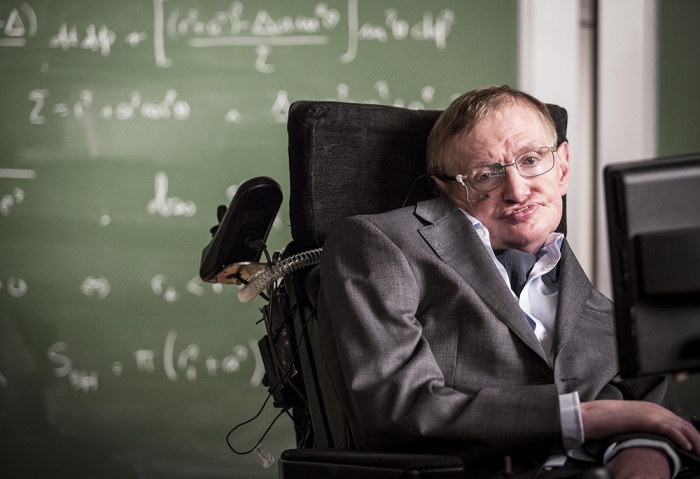On March 14, Stephen William Hawking, physicist at Cambridge University and international best-selling author of A Brief History of Time, passed away, leaving behind a legacy of revolutionary discoveries spanning the past five decades.
At the age of 21, Hawking was diagnosed with amyotrophic lateral sclerosis (ALS), also known as Lou Gehrig’s disease, a progressive neurodegenerative disease that causes an individual to lose control of their nerve and muscle function over time. While doctors gave him only two years to live, he defied their prognosis by surviving for 55 years with the debilitating, incurable condition. Hawking was a prolific writer, contributing to the field of physics up until the end of his life.
To celebrate his extraordinary life, below are three immense contributions that Hawking made to the field of physics.
Black holes
Hawking pioneered research on one of the greatest mysteries of our universe. Black holes, the remnants of the collapse of supermassive stars. In the 1970s, by applying quantum theory to these intangible facets of our universe, Hawking proved that they were not completely black at all, but in fact radiate energy over time, emitting a faint glow. He also discovered that black holes would eventually leak radiation, and disappear, which opposed the idea that they absorbed everything and would continuously grow larger. The discovery that a black hole could radiate particles was a turning point in modern physics—leading to a stream of fresh findings and research based around this discovery for the next 40 years. In 1974, Hawking introduced the concept of Hawking radiation to the physics world, explaining that black holes thermally emit sub-atomic particles until they exhaust their energy and evaporate completely. Hawking took such pride in his work that he wanted the formula for Hawking radiation to be engraved on his tombstone.
A Brief History of Time
A Brief History of Time: From the Big Bang to Black Holes, Hawking’s most well-known book published in 1988, explored Hawking’s study of cosmology—the laws that predict how things work in the universe, or simply how the universe exists. The book, which has sold tens of millions of copies, caters to non-scientists and answers basic questions on the universe’s origins, its projected fate, its structure, and whether or not it is infinite. Through the general relativity and quantum mechanics theories, Hawkings explores theories of space, time, matter, and gravity. The scientific community reveres A Brief History of Time as a in powerhouse non-fiction literature that provides deep insight into the large scale structure of the universe.
The theory of everything
The “theory of everything,” is an idea in the scientific community that there is a single, all-encompassing theory that can describe the physical world. Although the scientific community has yet to come up with the theory, Hawking came up with a formula that unified quantum mechanics and classical physics. The groundbreaking aspect of this formula was combining both classical and quantum mechanics with classical physics to describe the motion of tiny particles that make up large bodies.
Hawking’s discoveries will remain relevant in the years to come, and his legacy will continue to inspire further pursuit of understanding the mysteries of the universe. The world will forever be indebted to Stephen Hawking’s brilliant mind.









